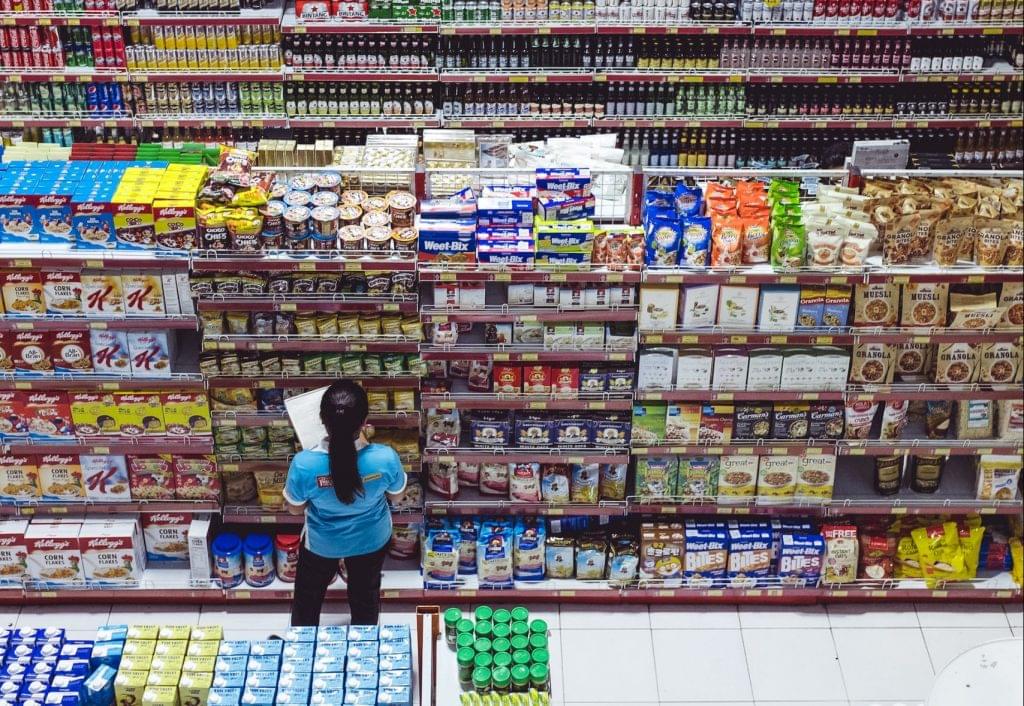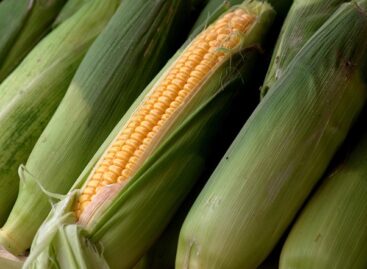Consumer Prices In China Rise At Fastest Rate Since April 2020
Consumer prices in China rose at the fastest pace since April 2020 in September, driven largely by food costs, limiting the scope for more policy easing to prop up a faltering economy hit by COVID-19 restrictions and a property sector slump.

The consumer price index (CPI) rose 2.8% from a year earlier, quickening from a 2.5% increase in August, National Bureau of Statistics (NBS) data showed on Friday, in line with forecast in a Reuters poll of analysts.
Food Prices Rise 8.8%
Consumer inflation accelerated as food prices rose 8.8% on year from a 6.1% gain in August. Pork prices leapt 36.0% from 22.4% growth a month prior and vegetable prices jumped 12.1% from a 6.0% rise previously.
Underlying inflation remained much more modest, however, with core inflation — which excludes volatile food and energy prices — at 0.6% versus 0.8% in August.
On a month-on-month basis, the CPI grew 0.3% after a 0.1% fall in August, also supported by a rise in monthly pork price inflation.
The producer price index (PPI) grew at the slowest pace since January 2021, rising 0.9% year-on-year from 2.3% growth a month earlier, and compared with a forecast of 1.0%.
Analysts had expected producer inflation to pull back largely due to lower oil prices, with factory surveys suggesting companies were passing on some savings to customers in order to boost flagging sales.
Pandemic Measures Persist
The world’s second-largest economy barely grew in the June quarter and has struggled to regain traction amid protracted pandemic restrictions, a severe slump in the property market and softening exports.
As of Oct. 10, 36 cities which make up 13.9% of China’s population and 19.7% of GDP, were implementing various levels of lockdowns or some kind of district-based control measures, Nomura said in a research note.
With strict pandemic curbs likely to stay in place for some time, economists expect policymakers to roll out more monetary and fiscal easing to support the recovery, though they will be cautious amid worries over capital flight. Other major economies continue to aggressively raise interest rates and the yuan is already hovering around 14-year lows.
The International Monetary Fund on Tuesday cut its 2022 and 2023 economic growth forecasts for China to 3.2% and 4.4%, respectively, saying the frequent lockdowns under the country’s zero-COVID policy have taken a toll.
Related news
Same basket, different purchasing power: Lidl price test highlights European differences
🎧 Hallgasd a cikket: Lejátszás Szünet Folytatás Leállítás Nyelv: Auto…
Read more >China would increase its grain production capacity by 50 million tons
🎧 Hallgasd a cikket: Lejátszás Szünet Folytatás Leállítás Nyelv: Auto…
Read more >Road toll hike: agricultural sector backs truckers’ protest, food price increases expected
🎧 Hallgasd a cikket: Lejátszás Szünet Folytatás Leállítás Nyelv: Auto…
Read more >Related news
New Year’s Eve: shortened opening hours in stores – general store closure on January 1
🎧 Hallgasd a cikket: Lejátszás Szünet Folytatás Leállítás Nyelv: Auto…
Read more >Tejföl is only a name for live flora: new categories for sour dairy products will be introduced from 2026
🎧 Hallgasd a cikket: Lejátszás Szünet Folytatás Leállítás Nyelv: Auto…
Read more >Sausage prices before New Year’s Eve: cheap entry, expensive premium – how big is the gap on the shelves?
🎧 Hallgasd a cikket: Lejátszás Szünet Folytatás Leállítás Nyelv: Auto…
Read more >






